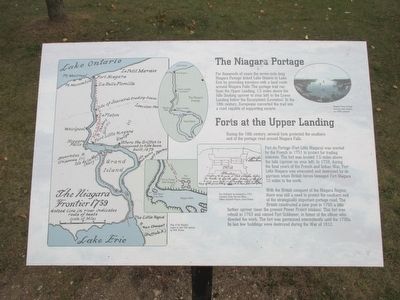Welcome to the Carlinville Historic District, a journey through time in the heart of Illinois. Founded in 1828, Carlinville is named after Thomas Carlin, an influential figure in Illinois’ early political landscape. As you explore this area, you’ll encounter the echoes of history that resonate through its streets and buildings.
One of the standout features of Carlinville is the Macoupin County Courthouse, often referred to as the ‘Million Dollar Courthouse.’ Completed in 1870, this Beaux-Arts masterpiece was designed by architect Elijah E. Myers. Its construction was mired in controversy due to its staggering cost, which sparked local scandal but ultimately resulted in a landmark of impressive grandeur. Standing under its 191-foot dome, you can almost hear the debates and decisions that shaped the county’s future.
The district is also home to the historic ‘Cannonball’ Jail, a Gothic Revival structure completed in 1869. Its unique design, incorporating cannonballs in its walls, made it a formidable fortress to deter jailbreaks. This jail served the community until 1988, and its storied past includes tales of notorious outlaws who once resided within its walls.
Carlinville has also been a hub for influential figures. Notably, Illinois’ first Civil War regiment was organized here, and the city was home to three Union generals: John M. Palmer, Richard Rowett, and John I. Rinaker. Palmer, who later became the Governor of Illinois, was a prominent political figure and a friend of Abraham Lincoln, who once spoke here during his 1858 Senate campaign.
The city is renowned for its remarkable collection of Sears Catalog Homes, built in 1918 for Standard Oil mineworkers. With 149 of the original 156 homes still standing, Carlinville boasts the largest concentration of these mail-order homes in the United States.
As you walk through Carlinville, you’re not just seeing buildings; you’re stepping into a narrative of ambition, resilience, and community. Each structure, from the courthouse to the Sears homes, tells a story of Carlinville’s evolution from a frontier settlement to a thriving historical district.



